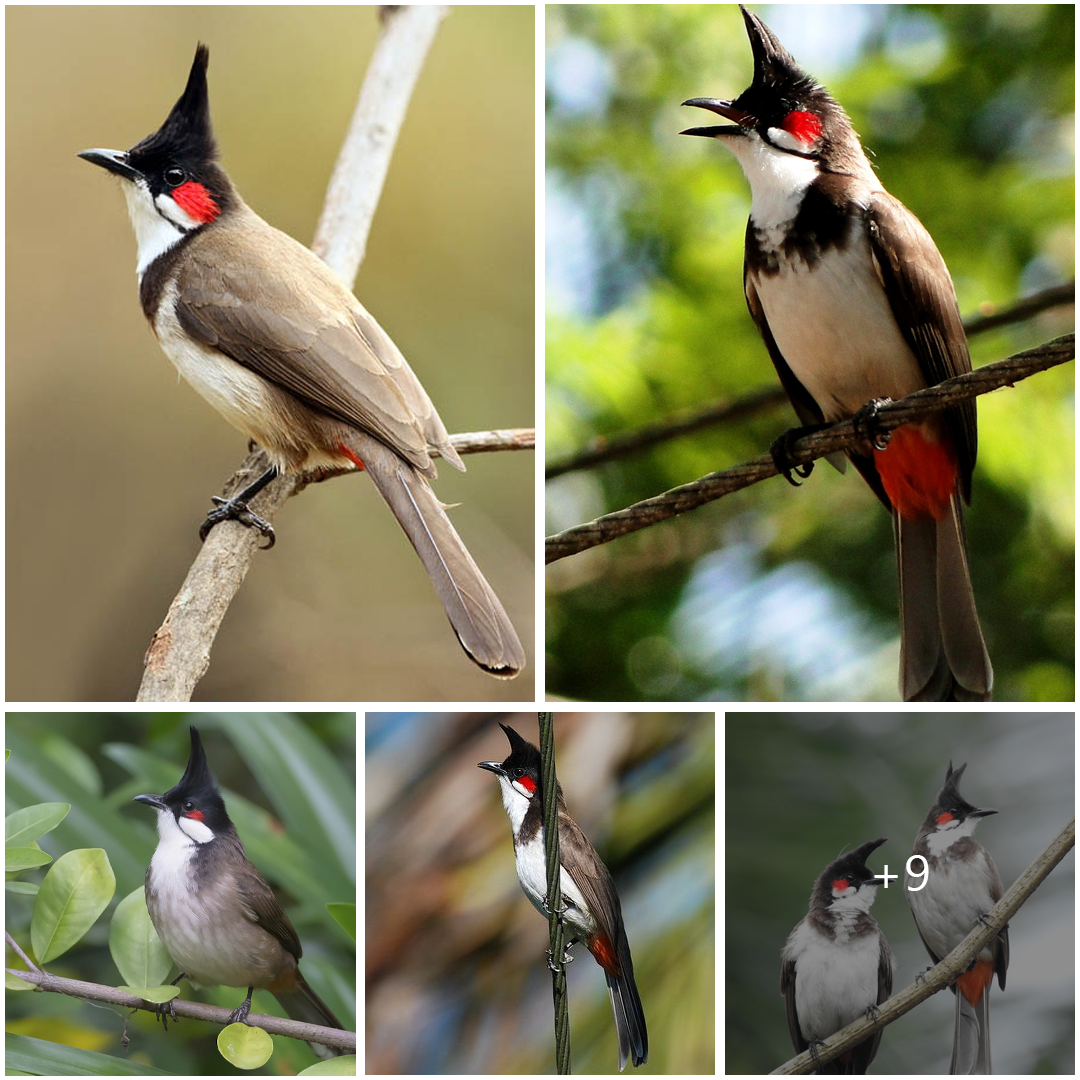
Pycnonotus jocosus: The Endearing Red-whiskered Bulbul
The Red-whiskered Bulbul, scientifically known as Pycnonotus jocosus, is a charming and charismatic bird species found across various regions of Asia. With its distinctive red patch behind the eye and melodious calls, this avian beauty has captured the fascination of birdwatchers and nature enthusiasts alike. Let’s explore the fascinating characteristics and habitat of the Red-whiskered Bulbul.
Native to South Asia, the Red-whiskered Bulbul is commonly found in countries such as India, Sri Lanka, Bangladesh, and parts of Southeast Asia. It inhabits a diverse range of environments, including woodlands, urban parks, gardens, and even agricultural areas, displaying remarkable adaptability to different habitats.
One of the most striking features of the Red-whiskered Bulbul is its plumage, characterized by a sleek olive-brown body, contrasting with a vibrant red patch extending from the cheek to the neck, resembling a ‘whisker.’ Additionally, it boasts a distinctive crest atop its head, adding to its allure.

Known for its melodious vocalizations, the Red-whiskered Bulbul is an accomplished songbird. Its calls consist of a variety of whistles, warbles, and trills, often performed in duets during courtship rituals or to establish territory. These enchanting songs contribute to the bird’s charm and appeal.
Feeding primarily on fruits, berries, insects, and nectar, the Red-whiskered Bulbul plays a crucial role in seed dispersal and pollination, contributing to the ecological balance of its habitat. Its diet also includes a variety of cultivated fruits, occasionally bringing it into conflict with agricultural interests.
The breeding season of the Red-whiskered Bulbul typically occurs during the warmer months, with pairs constructing cup-shaped nests in trees or shrubs, often concealed amidst foliage for protection. The female lays a clutch of eggs, and both parents share responsibilities in incubation and feeding of the chicks.
Despite being a common sight in many areas, the Red-whiskered Bulbul faces certain conservation challenges, including habitat loss due to urbanization, deforestation, and illegal wildlife trade. Efforts to protect its natural habitats and raise awareness about its ecological importance are crucial for ensuring the survival of this beloved bird species.
In conclusion, Pycnonotus jocosus, the Red-whiskered Bulbul, stands out as a symbol of beauty, resilience, and harmony in the natural world. Its vibrant plumage, melodious songs, and ecological significance make it a treasured inhabitant of the Asian landscape, deserving of admiration and conservation efforts for generations to come.





